De afgelopen week correspondeerde de Schaakridder met IM Erik Kislik, een Amerikaan woonachtig in Hongarije, voor een interview. Dit keer is het interview anders dan gebruikelijk. Aangezien Erik Kislik uitgebreide en mooie verhalen als antwoord gaf, is het interview in drie delen opgedeeld. De komende twee weken komt elke zaterdag het volgende deel online. Verder is het interview in het Engels. Hieronder volgt het eerste deel van het interview met IM Erik Kislik.
1. Why did you only start playing chess at the age of 18? And to which chess player did you look up to?
I started serious chess when I was 18 because I found it really stimulating and my chess friends asked me to come back to the game. I had played a little bit from ages 14 to 15 for 10 months and less than 50 tournament games, but I stopped cold turkey because I couldn’t afford to play tournaments and I was moving around. I didn’t look at a chess board for almost 2 and a half years. A lot of people stop playing chess, but play chess
online or secretly play rapid games and training matches. Like some noted Grandmasters have said, since chess takes up so much time when we pursue it seriously, it is an all or nothing endeavor for certain types of personalities like mine. When I started seriously playing when I was 18, I was rusty, my calculation was gone (in my interview with IM John Bartholomew, he lamented that this is the first major area of chess strength to fade due to inactivity usually), and I did not remember any openings. I was studying Kramnik’s Best Games at the time, so I decided to adopt all of the openings Kramnik was playing. I mainly looked up to Kramnik, Anand, Kasparov, and Fischer. At any given time, I played an opening played by one of those four players. For a time I played only Kramnik’s repertoire at that moment, and for a time I played a Kasparov/Fischer hybrid type of repertoire because of their overlap. I liked the way all of them played chess, especially with the initiative.
2. What did you have to do to become FM within four years and to become IM three years later?
This is a difficult question. I would say that my chess was all over the place and very chaotic when I was about 2000. I played sharp openings, an inconsistent metagame strategy with White and Black, and played risky things pretty much all the time. I had to tighten up my play, create fewer weaknesses, find clearer plans in my play, and just overall be more consistent. From 2150, the path to 2300 (FM) was pretty straightforward, with a slight bump at 2250. After that, I really needed to notice smaller details more. I felt like below 2200, I was able to get away with a lot more reckless attacking play that left me with a lot of loose positions, but once I started playing FMs and IMs regularly, they defended more accurately, and I needed to play for small advantages more often, rather than just attack. I broke 2300 FIDE on the July 2008 rating list, making FM in technically 3
years and 5 months of active tournament chess. I played for 10 months when I was 14, and started again in December 2005, making FM in July 2008. The road to titles is bumpy and unpredictable though. I was close to making the IM title in 2009, having a live rating over 2390. I then got crushed in a tournament, scoring only .5 out of 10, trying to recklessly win every game. I played 8 games against Grandmasters in that tournament. It
was an incredibly tough test, but I needed it. Now that I have played more than 100 classical time control games against Grandmasters, I am no longer so nervous or positionally dubious against them. At a certain point, particularly in 2011, my play became more accurate in all ways. I developed a lot of subtleties in my opening repertoire to play, I started seeing a little bit more, I became aware of more difficult chess moves to spot (like the chapter on Sliding Moves in Chess Logic in Practice) and I got the experience I really needed against strong players. I eventually won a lot of games against Grandmasters, and developed an ability to press my
opponents more when I obtained small advantages. With Black, I was playing better openings, getting counterplay when I needed it, and defending slightly worse positions more effectively than I had done previously. All of these tough experiences (all endured without a coach) shaped and inspired the content that went into my two published books.
As I was deciding on the topics I wanted to cover in Applying Logic in Chess and Chess Logic in Practice in 2015 and 2016, I frequently realized that a topic had not been seriously discussed in books, but was important for basically all players below Grandmaster level. I realized a lot of these things in the moment while at the board. In essence, my play had to undergo a serious examination to finally play at a consistent 2400 level, and it was quite a struggle to get there, with a lot of ups and downs. I took the summer of 2009 off after losing a ton of rating points, but in 2011, I really pressed hard. To become a FIDE master, I just had to cross the 2300 mark one time. To become an International Master, I actually had to play 2 or 3 Grandmasters per tournament and be their equals, or close to it. Over time, my performance was about 2440 against Grandmasters, which is not bad for an International Master. There are many types of IMs. Some crush weaker players almost every game and get squeezed by Grandmasters more
than they should, but my style eventually became very stable after getting the experience I needed. I think most players are not aware of how close many active IMs and GMs are in playing strength. There are many 24xx IMs and 24xx GMs that are very similar in skill. In a lot of cases, an experienced IM only needs to play enough games and eventually he will hit 2500 if he is within 80 elo points of 2500 and at the high end of his variance (plus or minus 80 of your strength). Experience is crucial, but I have not played a tournament for 5 years unfortunately. At some point, I would like to play more tournaments again. I just can’t play events while juggling 35 students and other responsibilities. There are so many offers and things going on at all times for active chess authors and coaches.
3. You won the award for best analysis by the chess journalists of America in 2017. What were the judges’ criteria for you to win this award?
Unfortunately, I actually do not know. I know that some organizations are really professional and have a team of titled players voting on things, but I think 8 people decided this in this case. I wrote an opening article that had detailed, accurate analysis in Chess Life, which usually does not have extensive opening analysis. I received a lot of feedback from people telling me they did not expect to see that in Chess Life, and found it to be a nice surprise. I personally would love a group of chess professionals who judged
books and articles, but that would require them to read them.
4. You published your chess book, “Applying Logic in Chess” in 2018. Who was your target audience?
The intended audience was to try to include as many people as I possibly could, despite the fact that, for example, the annotated games of my own in the chapter on analyzing my own games were quite difficult games, even for myself. Fortunately, I had a lot of explanations and discussions of ideas throughout the book, walking you through my thought process and my experiences in chess, so it was accessible for chess players and for
beginners alike, even if quite difficult for players with less than a year of experience. Although some people would have liked less text in the book, this is the only reason that the book was able to appeal to so many people and be read by so many people. It was just the way I like to break things down that made the book accessible to so many players. Since I only show examples that are interesting to me, other IMs and even GMs will probably like my books, especially if they are coaches. I received very good feedback from my GM Srinath Narayanan (who I previously helped with openings and coached off and on for a few years) on my first book. That is always humbling and the kind of feedback you care about most as an author, but of course having a book approved by John Nunn is a huge honor. In my eyes, he is a legend and he has seen everything in chess publishing, so if he is going to approve a book, it means he sees tremendous value in it. I never would have guessed that I would have two books published by Gambit before 2020 more than 5 years ago. One of the nice things about the books I have written is that there is re-read value because everything is practical and reflects on what I found important, but had not seen in previous chess books before, at least in the way I presented it. A player who reads Applying Logic in Chess as a 1700-rated player will gain value from re-reading it as a 2000 player. Part of the reason for that is how fundamental and common so many of the situations are: evaluating positions, critical moments, analyzing your games, and thinking at the board come up every game. If nothing else, a re-read deepens a player’s own beliefs, even if they have their own completely different from mine. If they discover a flaw in any of my approaches and have a better approach, I have succeeded in getting a player to deepen his perspectives on the game, which will lead to more disciplined and structured play (leading to better results eventually) in almost all cases.
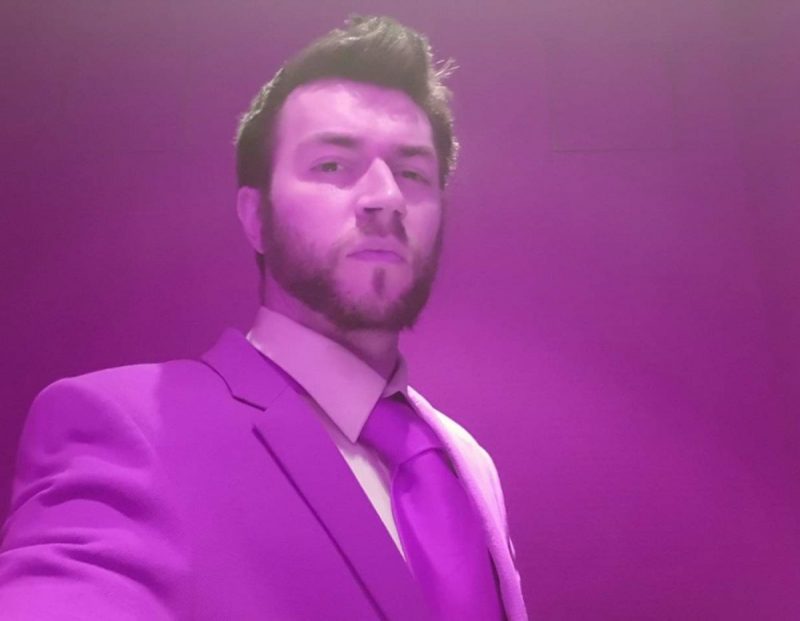
Eindredactie: Anthony van Driel
Interview: Martin van Driel
Foto: Facebookpagina Erik Kislik
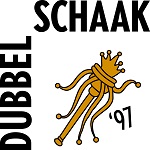
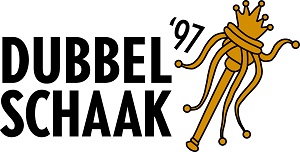
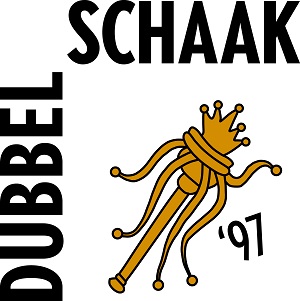
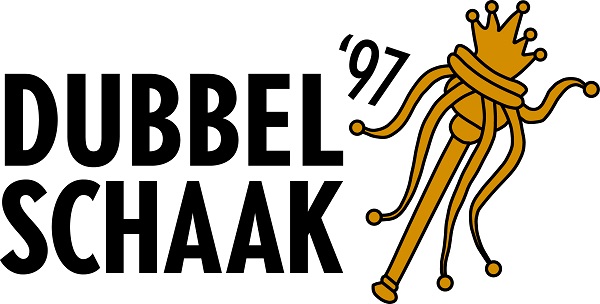
Laat een reactie achter